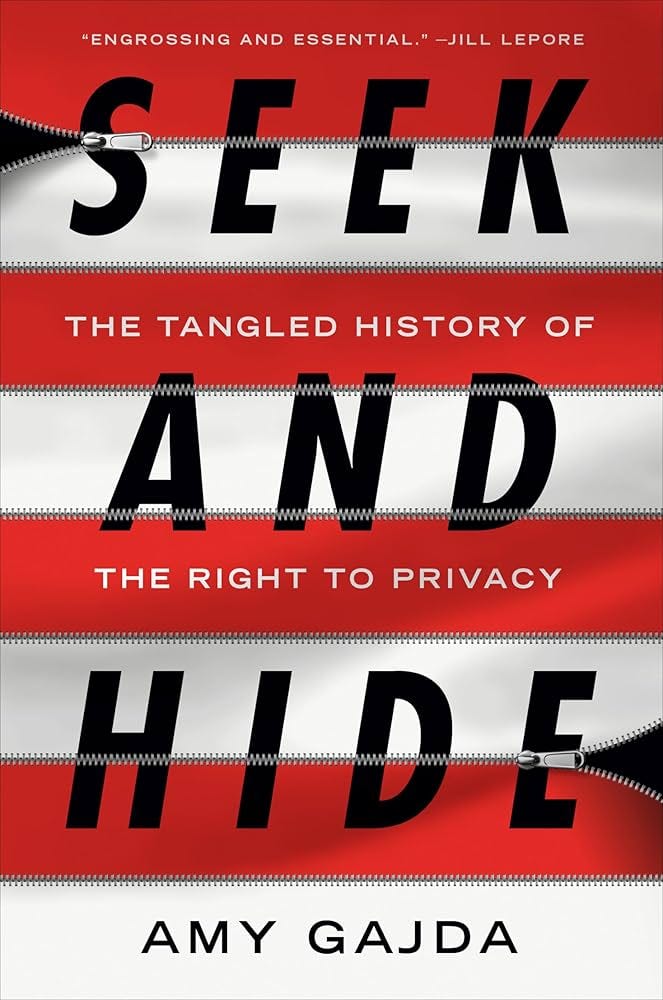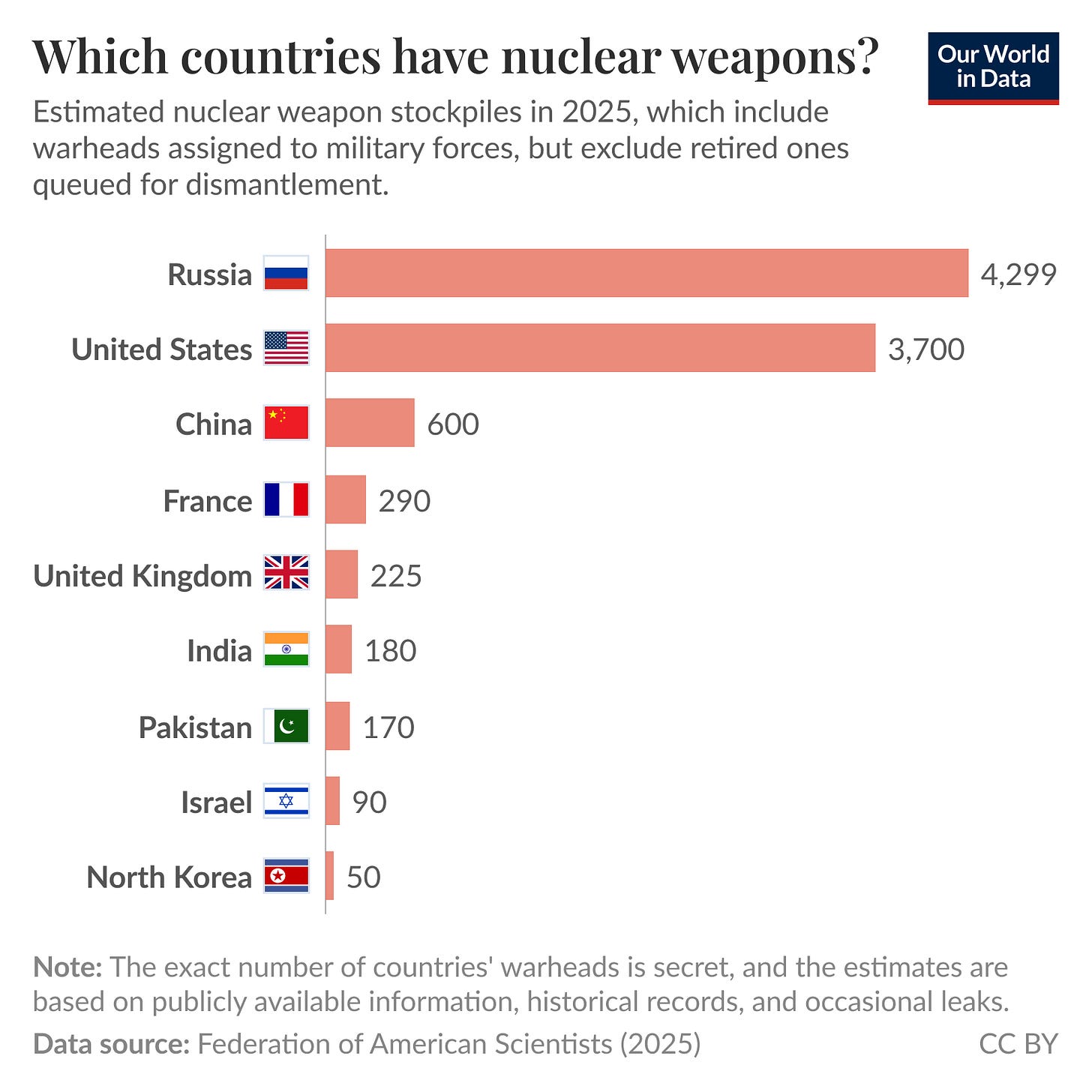This week…
Your reading time is about 5 minutes. Let’s start.
I didn’t mean for it to be so Russia-heavy this week, but it seemed like there’s what’s in the news cycle this time. Let’s hop into the Russian ark, I guess. (Have you watched that film (dir. Alexander Sokurov)? Did you find the entire production, done in a single 87-minute continuous take, pretentious? I really felt like the narrator — a ghost.)
Your Wikipedia this week: Donaldism (not what you think)
And now, a selection of top stories on my radar, a few personal recommendations, and the chart of the week.
ICYMI: The Previous Block was about comedy, infowars, and shifting narratives.
CORRECTION NOTICE: None notified.EXTREMISM
Inside Russia’s largest far-right group
Giovanni Pigni for New Lines Magazine:
In a suburban park in St. Petersburg on a sunny late-spring day, singers in traditional Russian costume perform for families as pop music blares in the background. Men in black are patrolling the scene, watching from the edges. Some are armed with pistols. Others wear bulletproof vests and patches bearing the Russian imperial flag or Orthodox icons.
Most sport logos on their caps and T-shirts of the medieval Prince Alexander Nevsky. The logo is a black silhouette on a white background — a symbol of patriotism and Orthodox faith, and the official emblem of Russia’s largest far-right movement, called Russkaya Obshchina (RO), meaning “Russian community.”
“I want law and order in our country,” says one of the men in his 30s, disguised by dark sunglasses and a black cap, who asks to remain anonymous. “A lot of men went to war, so Russkaya Obshchina was created to maintain order here. We are helping the police,” he tells New Lines. Coordinating the group is Sergey Ognerubov, commander of the local district’s volunteer patrol — a civilian force which, under a 2014 law, allows regular citizens to assist the police in maintaining public order, although with limited authority.
Ognerubov’s first encounter with members of RO took place about a year ago, after elderly women in his area called him, concerned about the masked men patrolling their neighborhood.
He went to investigate.
Loosely linked:
The assassination that reshaped South Asian diaspora politics by Gagandeep Singh for New Lines Magazine.
Doctor Strange: The curious life of Elon Musk’s Canadian grandfather by John Loring for Toronto Life.
ALGO AND DISINFO
Brazilian fact-checker eliminates ‘false’ and ‘misleading’ labels in shifting strategy against misinformation
Marta Szpacenkopf for LJR:
Project Comprova, a collaborative fact-checking initiative in Brazil, has abandoned the labels “false,” “misleading,” “satire,” and “proven” in its verifications and adopted a broader approach to combating misinformation.
José Antonio Lima, the project’s assistant editor, said the change was motivated by the understanding that the previous approach focused too much on the content itself and neglected other essential components of misinformation, such as where it came from and what makes it credible to so many people.
“We realized that simply refuting allegations is not enough,” the journalist told LJR. “Fact-checks now investigate not only the evidence and claims of viral posts, but also the creators of the content and their interests, as well as the tactics used to persuade people and lead them to believe what was published. The overall idea is to make the content more palatable in order to contribute to public debate, allowing people to make their own decisions, regardless of their partisan or ideological affiliation, based on true facts.”
Loosely linked:
Russia filling a vacuum left by USAID could further increase disinformation by Romain Chauvet for The Fix.
Investigating social media algorithms by Lam Thuy Vo for GIJN.
Dubious UK local news websites, Russian links and cash for coverage by Gabriel Kennedy for Press Gazette.
Spotting the harmful needles in the haystack: How fact-checkers select what to check by Peter Cunliffe-Jones and Andrew Dudfield for Poynter.
Other curious links, including en español et français
LONG READ | Why Georgia’s national memory is on trial by Masho Lomashvili, illustrations by Anna Jibladze for Coda.
PHOTO ESSAY | A journey to belong: migrants describe ten years in Europe by Zohra Bensemra (photography and reporting), reporting by Edward McAllister, Amina Ismail, and Riham Alkousaa for Reuters.
La publicación de ‘papers’ fraudulentos en revistas científicas crece sin control: “Hay millones de dólares en juego” por Natalia Chientaroli en elDiario.es.
Hay muchas voces en el periodismo que solo denuncian si sienten permiso desde arriba por Miguel Mora en CTXT.
¿Dónde están las diseñadoras? por M. Mar Martínez-Oña (UDIT) en The Conversation.
Avec Palantir, le plan « ontologique » d’Alex Karp et Peter Thiel pour créer un État digital par Andrea Venanzoni dans Le Grand Continent.
La montée du souverainisme chez les jeunes met des fédéralistes en alerte par Guillaume Lepage dans Radio-Canada.
Fabrice Arfi « La vérité n’est plus qu’une opinion comme une autre » propos recueillis par Alexandra Klinnik dans Méta-Media.
What I read, listen, and watch
I’m reading Seek and Hide (2022) by Amy Gajda on the history of the right to privacy in the US.
I’m listening to Decoding the Gurus on the manosphere with James Bloodworth.
I’m watching DW’s documentary on Russia’s oil export and how the country circumvents sanctions.
Chart of the week
This week is the 80th anniversary of the Hiroshima bombing. Hannah Ritchie, Bastian Herre, and Pablo Rosado for Our World in Data estimated nuclear weapon stockpiles in 2025.





